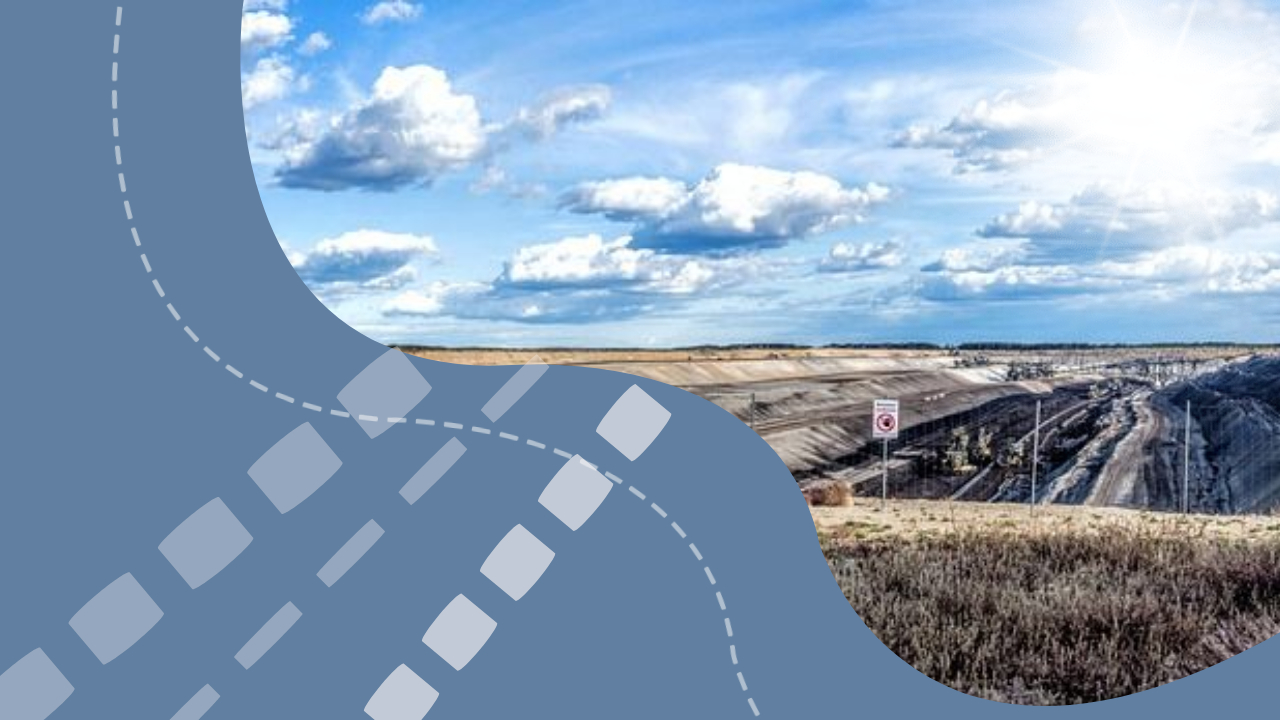As mining operations wind down across Europe, mine owners are turning to innovative solutions for a sustainable future, eyeing underground energy storage as a pathway to a low-carbon economy.
Active deep mine operators in Slovenia, Germany, The Czech Republic, and Finland are investigating the potential of underground gravity energy storage offered by Edinburgh-based firm Gravitricity, providing green opportunities to mining communities grappling with dwindling employment prospects.
Gravitricity’s revolutionary energy storage system, dubbed GraviStore, utilizes heavy weights totaling up to 12,000 tons suspended in deep shafts by cables attached to winches. This presents a promising alternative for end-of-life mine shafts, mitigating the need for costly infilling and decommissioning processes.
Teaming up with energy multinational ABB and lifting specialists Huisman, Gravitricity aims to commercialize the technology for mine operators, transforming recently decommissioned mines into potential sites for sustainable energy storage solutions.
Projects are already underway, including installations at the Velenje mine in Slovenia, Pyhäsalmi Mine in Finland, Darkov Mine in the Czech Republic, and Grube Teutschenthal mine in Germany. At Velenje, feasibility assessments for installing systems in specific shafts are ongoing, with potential pilot projects on the horizon.
Martin Wright, Founder, and Executive Chairman of Gravitricity, emphasized the transformative potential of gravity energy storage, presenting not only an alternative to decommissioning but also fostering economic and employment opportunities in declining mining communities.
Gravitricity’s successful demonstration of the GraviStore technology with an above-ground 250 kW demonstrator underscores its viability, showcasing its ability to rapidly respond to demand fluctuations and its potential in frequency response and backup power markets.

